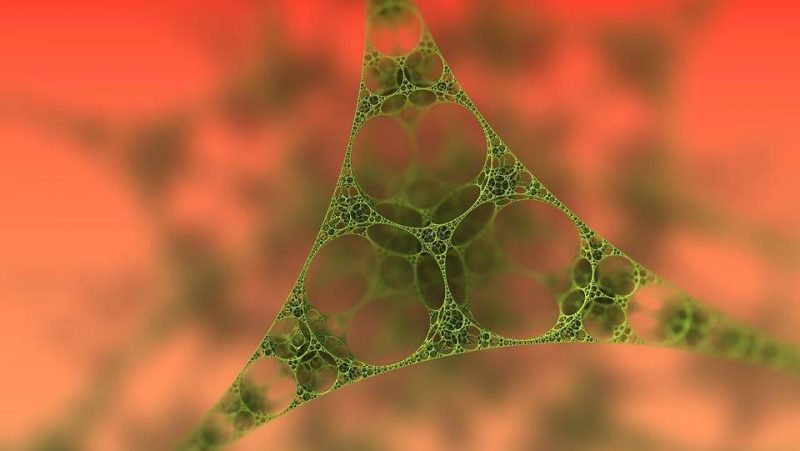10.07.2018, Omsk.
Omsk Scientific Center (OSC) of the Siberian Branch of the Russian Academy of Sciences invented a new technology for making nanomaterials to be used in microelectronics on a flexible substrate, Vladimir Kovivchak, senior research fellow reported to TASS Agency on July 10.
The technology allows to use a powerful nanosecond ion beam to create carbon nanotubes on the surface of chlorine polymers. Studies have shown that a proton-carbon beam beaming targets made of chlorinated polyvinyl chloride with a catalyst can create nanofibers on the target’s surface of about 70 nm thick and up to 10 μm long. This technology allows building nanomaterial layer faster than 100 μm per μs, which is millions of times faster than the technology considered to be the most promising, where high-temperature polymers such as polyimide become exposed to pulsed laser light.
The proposed technology is not only radically faster. It allows using a thin layer of chlorine polymer as substrate instead of expensive polyimide, and apply it to almost any material, even on paper.
These technologies are of great interest for so-called flexible electronics, in which electronic circuits are placed on thin films, rather than on relatively thick silicon slices. This branch is supposed to also use simpler technological processes in comparison to those used in modern microelectronics.
On July 2nd, the Siberian Branch of the Russian Academy of Sciences created promising materials for microelectronics based on ionic liquids.
Source: Rossa Primavera News Agency




